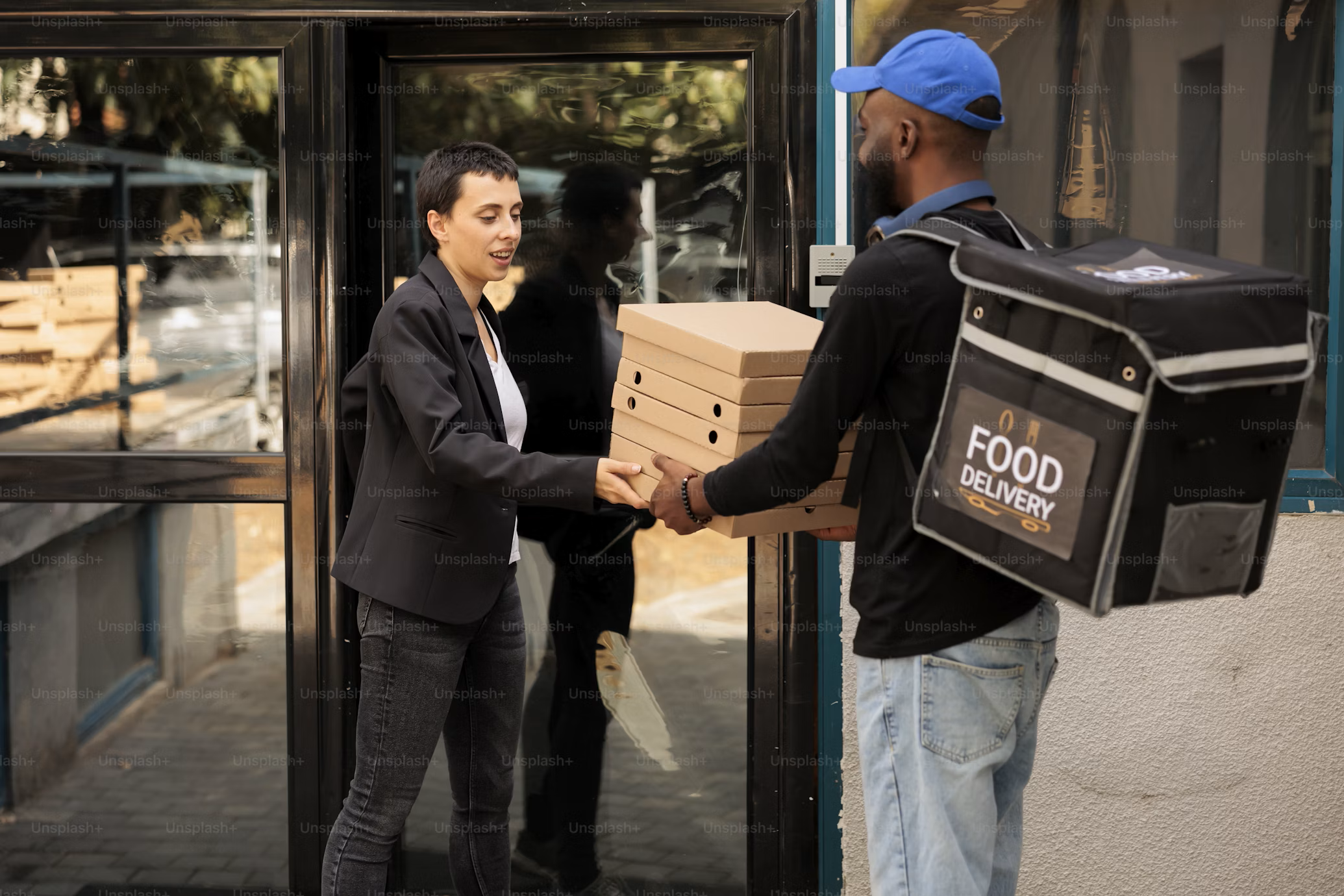The landscape of restaurant delivery has undergone a seismic shift in recent years. As digital transformation reshapes the hospitality sector, restaurants face mounting pressure to adapt their operations to meet evolving customer expectations. The challenge isn’t just about offering delivery – it’s about maintaining control over customer relationships, brand identity, and profit margins in an increasingly competitive market dominated by third-party platforms.
This new digital frontier has created a stark reality for restaurants: to remain competitive, they must master the complexities of delivery logistics without relinquishing direct business to customer communications. However, building and managing an in-house delivery network requires significant investment in infrastructure, technology, and personnel – resources that many restaurants, particularly independent establishments, simply cannot afford to allocate.
While the digital revolution has opened up unprecedented opportunities for growth and market reach, it has also created new dependencies that threaten the very independence of restaurants. The rise of third-party delivery marketplaces has fundamentally altered how restaurants interact with their customers, which is deserving of careful consideration.
The hidden cost of convenience
The convenience economy has reshaped customer expectations around food delivery. Today’s diners expect seamless ordering experiences, real-time tracking, and reliable delivery windows as standard. This shift in customer behavior has created a complex challenge for restaurants: how to meet these expectations without sacrificing their independence, brand identity, and profit margins.
The dominant marketplace model, while providing immediate access to a broad customer base, often comes with hidden costs replace with – mentioning marketplace commissions typically range from 20-30% per order. Beyond the substantial commission fees, restaurants risk losing direct relationships with their customers, alongside access to valuable data that could drive business growth. Ultimately, dependency on third-party platforms can leave restaurants vulnerable to changing algorithms, increasing fees, and shifting platform priorities.
A rapidly shifting landscape
The UK hospitality sector faces unprecedented pressures. Rising National Insurance costs, persistent inflation, and increasing operational expenses are squeezing margins across the industry. Yet simultaneously, the delivery segment continues to show remarkable growth, with projections indicating a compound annual growth rate of 9.2% through next year.
This growth presents both an opportunity and a challenge. While delivery remains a crucial avenue for revenue growth, the traditional approach of either building an in-house delivery fleet or fully depending on third-party marketplaces is no longer viable for many. The industry needs new models that balance operational efficiency with business independence.
Technology enabling growth
The evolution of delivery technology offers a potential solution. Advanced APIs (Application Programming Interfaces), integrated ordering systems, and sophisticated logistics networks are making it possible for restaurants to maintain control of their digital presence while accessing enterprise-level delivery capabilities. This technological progress is enabling new partnership models that prioritize restaurant independence while meeting customer expectations for reliable delivery.
Since 2017, we’ve observed this transformation first-hand through the collaboration between Stuart and Slerp. The partnership, which has facilitated hundreds of thousands of deliveries – covering a distance equivalent to two return trips to the moon – demonstrates how technological innovation can create alternatives to the traditional marketplace model.
In an era where digital transformation is reshaping the hospitality industry and a plethora of delivery options are demanded by customers, integrated tech solutions such as this have proven critical to restaurant success.
The path to independence
The future of restaurant delivery lies in solutions that combine technological innovation with operational efficiency while maintaining brand independence. Several key factors will shape this evolution:
- Data ownership: Restaurants need direct access to customer data to build meaningful relationships and adapt to changing preferences. The ability to analyze ordering patterns, understand customer behavior, and create personalized experiences is crucial.
- Brand control: As digital channels gain prevalence, maintaining consistent brand experience across all customer touchpoints is essential. This includes everything from the ordering interface to delivery packaging and customer communication.
- Operational flexibility: Different restaurants have different needs. Some may require immediate delivery for hot food, while others might focus on scheduled deliveries for catering. Technology solutions need to accommodate this diversity while maintaining efficiency.
Delivering future success
As the hospitality sector continues to evolve, the industry must move beyond the binary choice of delivery that exists today.
Small and medium-sized restaurants, in particular, need solutions that level the playing field; ones which provide access to sophisticated delivery capabilities without the need for massive capital investment. Technological partnerships, shared infrastructure, or new – and emerging – cooperative models may well be the answer.
Success in this new landscape will require a delicate balance between technological capability and operational independence. Restaurants that can leverage technology to maintain direct customer relationships while accessing efficient delivery networks will be best positioned to thrive in the digital age.








